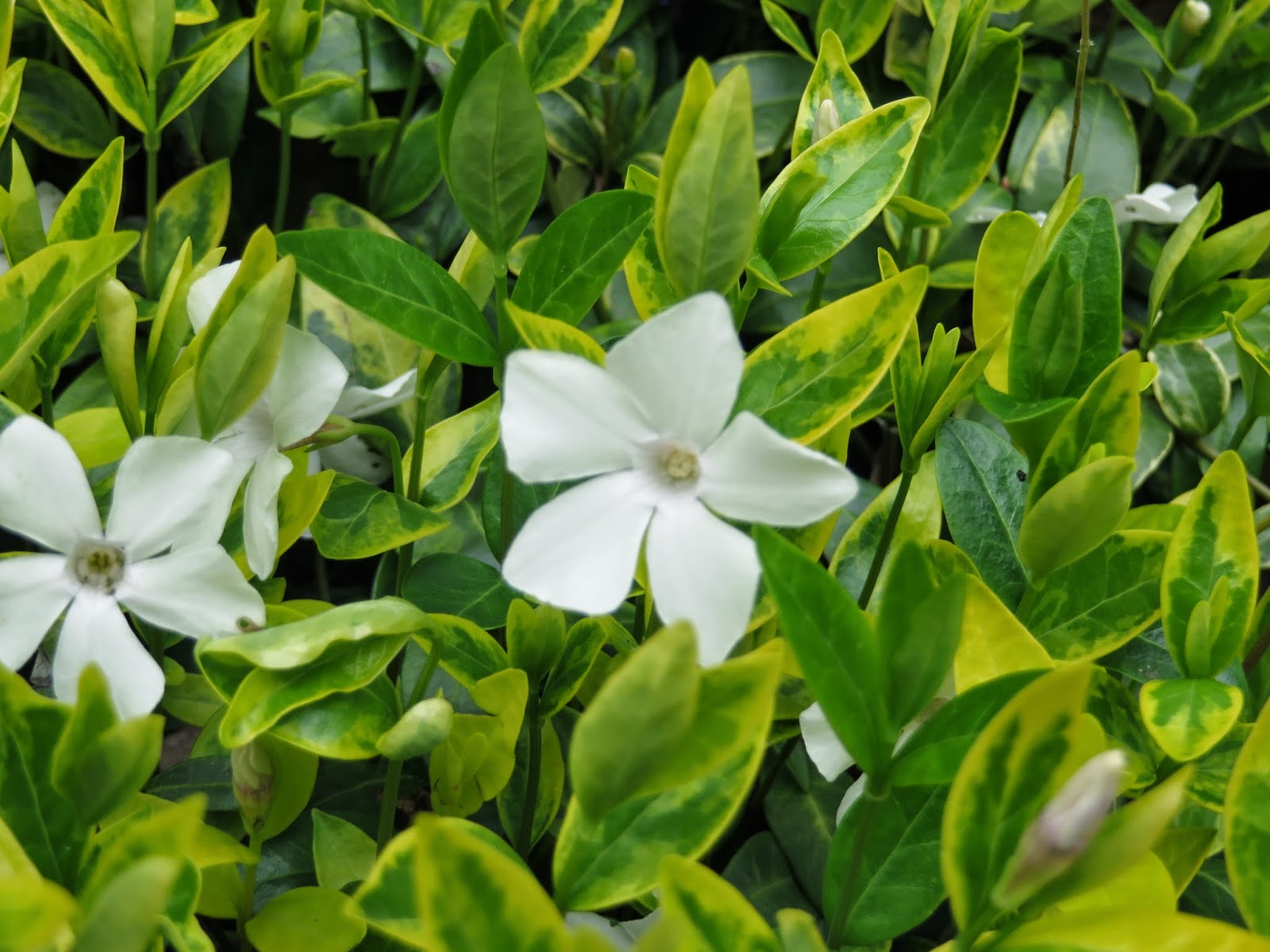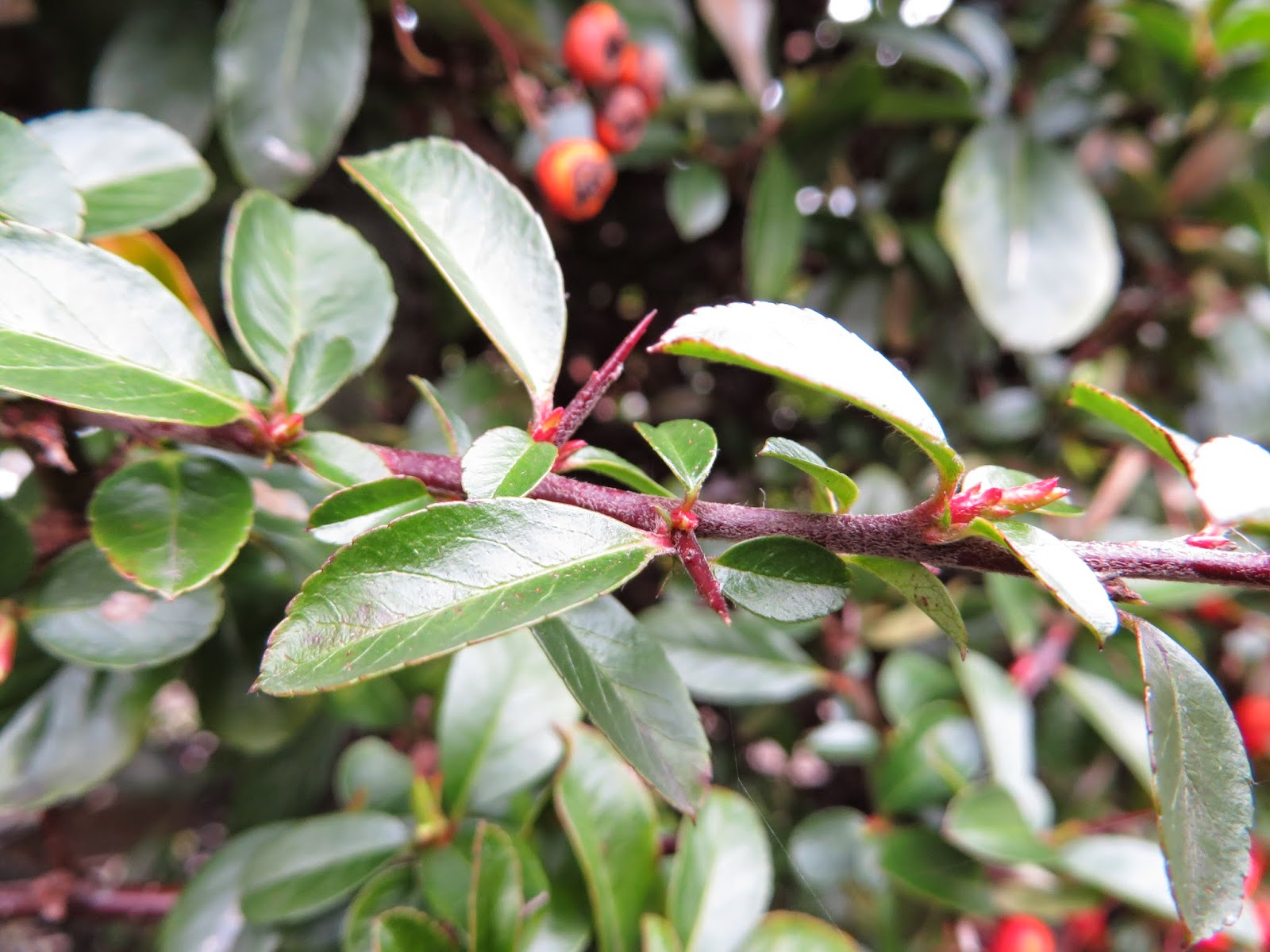Vinca spp. - Periwinkle
Location: Croydon/ London. Vinca spp. can grow as herbaceous perennials or evergreen shrubs. The way to quickly recognise them is by their 5 lobed fan shaped flower heads. The conditions here look exposed to the sun, but others are growing just as fine tucked away deeper amongst sheltering vegetation.
This species is called Vinca minor 'La Grave'. They are an invasive species and they do prefer to grow in sunlight but manage in partial shade and even fully shaded areas.
Distinguishable flowers that are violet/blue in colour, they can appear in all seasons apart from winter.
This specimen has become prone to aphid attack.
The leaves are bright green and heart shaped with smooth edges.
Green stems with a red pigment occurring from the bottom to half way up. The lateral buds grow opposite each other, one on each side.
Location: Dunham Massey National Trust. This species is called Vinca minor f. alba, these are also evergreen and grow ovulate leaves



































